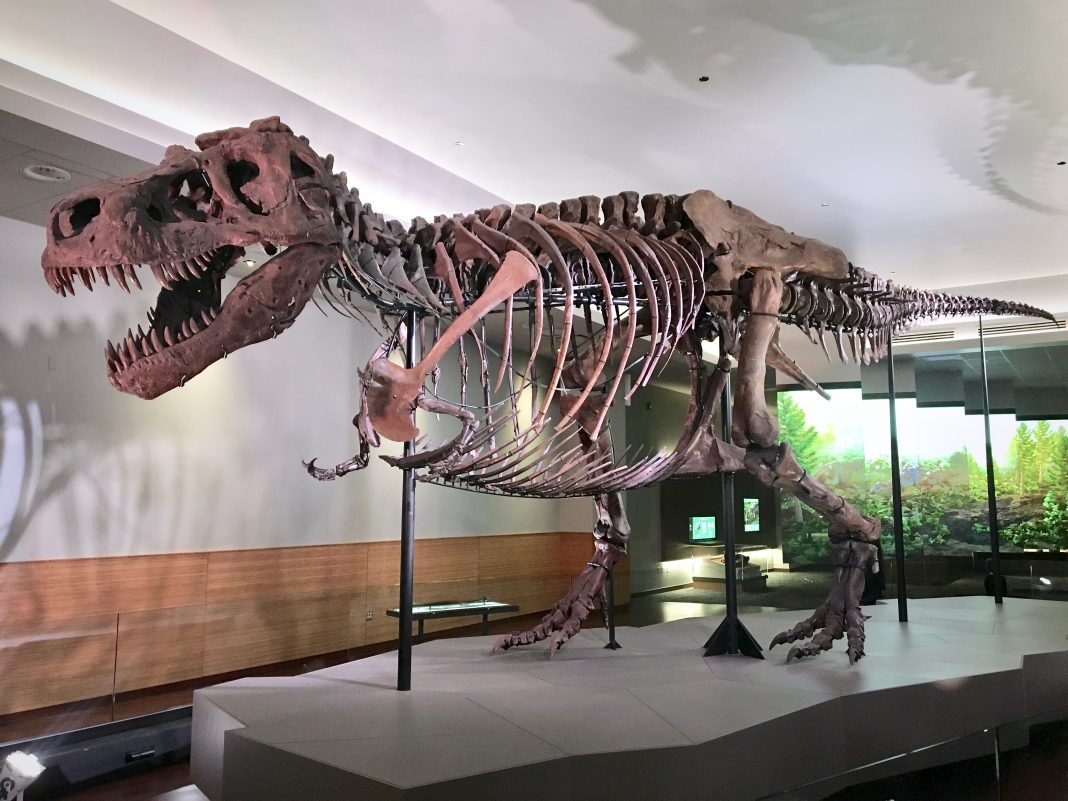Analysts are carrying the most recent innovative progressions in 3-D printing to investigate various ancient endeavors. Utilizing scale models of true fossils, to many people’s surprise, they can test theories about how dinosaurs and other ancient creatures moved. Many scientists of different universities work on this technology of paleontology and said that the technology hasn’t updated yet. They utilize scoops and pickaxes and burlap and mortar.
How the technology has made its mark in paleontology?
Modern paleontologists have a variety of tools that help them discover, examine, and explain the past. Electron microscopes allow paleontologists to research the tiniest details of the tiniest past. X-ray machines and CT readers reveal fossils’ internal components. Advanced computer software can evaluate non-renewable data, restore pumpkin heads or scarecrows, and imagine the bodies and motions of vanished creatures.
Paleontologists and scientists used a tool called a CT to research the maintained body of a child colossal discovered in Siberia in 2007. A CT scanning device revolves in 360 levels, allowing researchers to create 3-D representations of the bone fragments and cells of the patient. Using this technology, researchers were able to see that the child colossal had healthier teeth, bone fragments, and muscular cells. However, the animal’s respiratory system and footwear were full of mud and waste. This recommended to researchers that the animal was healthier, but most likely it was choked in a dirty stream or pond.
3-D printing innovation in fossil science
Lacovara has started making 3-D outputs of Goliath dinosaur bones and different fossils in his lab. The 3-D output puts a virtual picture in a computerized workspace that scientists can control and break down. To carry these outputs to life, Lacovara likewise is collaborating with mechanical specialist James Tangorra, an educator at Drexel’s College of Engineering, to utilize 3-D printing engineering to make and test scale models of fossil bones.
A 3-D printer is an innovation for quick prototyping and assembling protests dependent upon an advanced configuration. Regularly demonstrates work by over and again expelling greatly thin layers of gum or other material, advancing strata to make a physical item. A six-inch model of a dinosaur bone could be printed in a couple of hours utilizing current technology.
Utilizing 3-D printing can help fossil science in a few ways:
Utilizing 3-D printing can help fossil science in a few ways to make precise estimate copies of the historical center presentation, without the limit on the number of duplicates made and materials and space annoys of accepted throwing systems. To make the little scale demonstrates for instructive utilization.
To make the little scale demonstrates for displaying and testing theories about the mechanics of to what extent terminated creatures moved and acted. This bioticallyinferred displaying method is used to test conceivable developments of wiping out species is the major center of Lac.
Bottom Line
Scientists’ current routines for comprehension such mechanics depend intensely on mystery and practical judgment skills on what sorts of developments appear conceivable. With new engineering, analysts can start testing their expectations for the first time.
